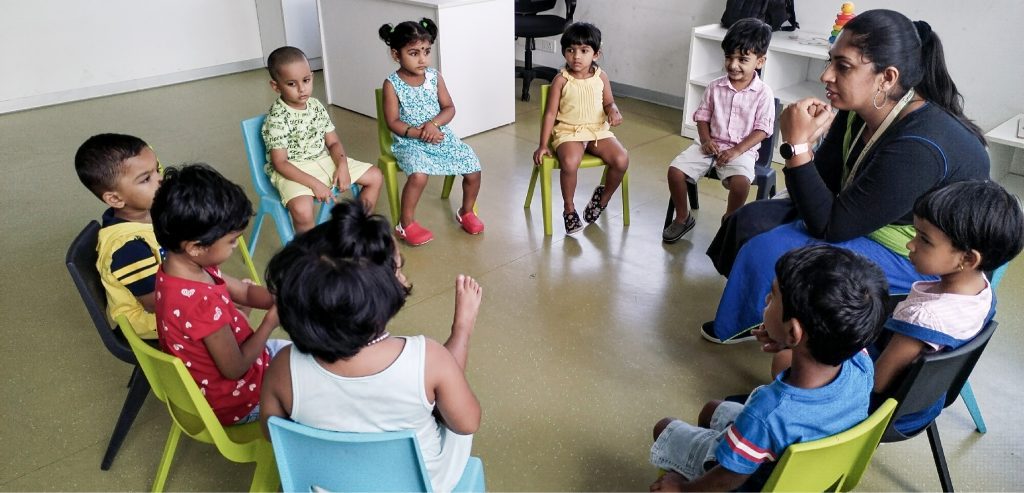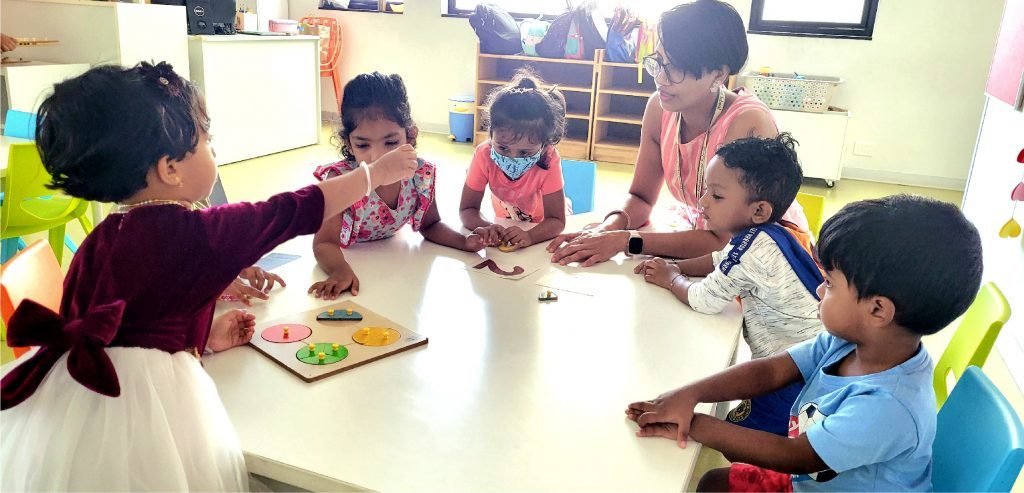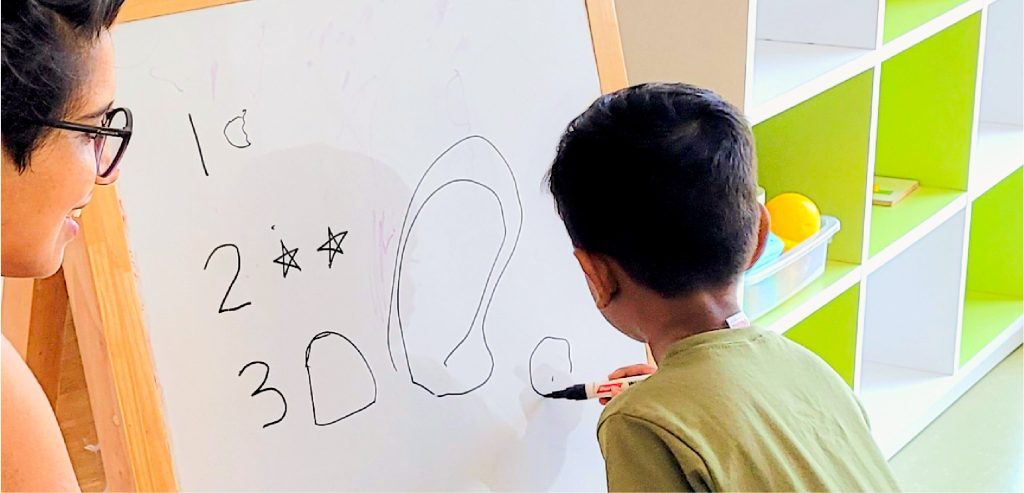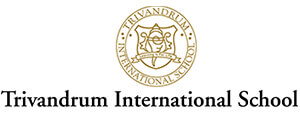Everything in the world has a connection to art. Art is not a subject, but something that is associated with every subject. Not everyone is born with artistic talents, but everyone imbibes one or the other form of it as and when they grow. In young children, identifying and developing artistic qualities are imperative to their physical, mental, and emotional development. It is easier to bring out their talents while they are still young. Introducing young kids to art and craft in schools is an effective way to expose them to a world of creativity and imagination. You will invest in the cognitive, physical, and social development of children by exposing them to arts and crafts and immersing them in such activities in schools. Schools worldwide dedicate a couple of hours every week to indulge kids in activities related to art and craft. Although this has been in practice for years, of late, many schools are seen as being lax with implementing innovative ideas in the realm of art and craft.

WHAT IS ART & CULTURE?
Art is any form of creative expression used by an artist to communicate. Art is a way of conveying one’s emotions in an efficient way. The world of art is vast. It is not limited to visual form. It connects across any barriers. Art can stimulate all of our five senses. It may connect directly to people’s hearts and bodies, sometimes more than their intellect, transforming attitudes more profoundly than other types of communication. Art is basically classified into seven categories, namely, painting, sculpting, literature, architecture, cinema, music, and theater. Art is significantly entwined with culture. Art emerging from a particular reflects the culture of that place. It is also a means of cultural exchange. Children learn a great deal about different cultures through art.
Art in the school curriculum might mean many things to different people, but the bottom line is that it provides knowledge and education in diverse sectors. Some children find it interesting and easier to learn through the medium of art. Artistic learning often provides learners with a huge sense of accomplishment, allowing them to step outside of their comfort zones and perceive things in a new light. Art helps them connect more with nature and the realities of the world.
There are immense possibilities to engage students in art and cultural activities in schools. Drawing, painting, creative writing, sculpting, crafts, photography, lessons in music (vocal and instrumental), dance, and acting, to name a few. Regular arts involvement and instruction must be incorporated into the school curriculum for it to have an impact on kids. Conducting periodic Co-curricular activities and encouraging them with rewards are as important as appreciating a child for performing well in academics. Following are some of the limitless benefits of including arts and culture in the school curriculum.
INCREASING EDUCATIONAL PERFORMANCE
Art helps arouse curiosity in children. It’s a world of colours, shapes, songs, words, and creativity, that captivates their interest, encouraging them to learn, know and achieve more. Art has the ability to enhance concentration, motor skills, and thinking skills. It is a medium that helps kids boost their IQ and EQ levels.

INSTRUMENTAL ABILITIES
Students that are interested in creating artwork are often interested in learning to play one or more musical instruments. Aside from that, motor abilities that entail simple competencies such as sketching with crayons might assist pupils to improve their musical talents.
BOOST CREATIVITY
Art allows a learner to develop ideas and express them creatively. Unlike mathematics and scientific topics, which are based on pre-established ideas and concepts, art is centred on creative expressions. Art facilitates imaginative skills, that aid cognitive and social development.
PERSEVERANCE
The capacity to tolerate or persevere in difficult situations is a quality that everyone should strive for. Practicing art teaches children the lessons of patience and perseverance. Through the process of learning art, children develop the mentality of being accustomed to dealing with difficulties, and how to find ways to overcome them.
IMPROVES CRITICAL RATIONAL ABILITY
Arts foster sophisticated thinking skills that may be utilised in other academic areas and beyond. Learners use their art skills to observe, interpret, and construct multiple viewpoints in order to investigate and synthesise information. It is beneficial since, with today’s technology, learners are exposed to a large amount of data that demands inspection. It assists them in locating relevant details for their study tasks.
ENHANCES LEARNING
Students learn how to develop new concepts, build vocabulary, and understand a new language as they learn to read notes, compose music, play an instrument, memorise dance steps, create a painting, and act in a drama. Measurement, number manipulation, and proportional reasoning are all required in the arts, all of which enhance skills in aptitude.

PAVES PATH TOWARD CAREER DIRECTION
The world needs as many artists, musicians, actors, dancers, writers, and other creative professionals simply as the way it needs doctors, engineers, or accountants. Just like in academics or sports, children who are extremely talented in any spectrum of art can identify the direction of their future careers at an early age with ease. All they need is encouragement and recognition, right from their school time.
As they work with arts and crafts, children are introduced to items and imagery from other cultures and periods. We have learned a great deal about our ancestors through art. Participating in creative activities such as music and arts & crafts allows children to express themselves positively, practically, and meaningfully. They also learn to make their own artwork. Participating in art class with other pupils allow youngsters to engage with others while having shared interests. Arts and crafts can help to build parent-child relationships. Arts and crafts activities help youngsters develop a sense of accomplishment and pride, which boosts their self-esteem.



